Since the day Vietnam was reunited, the light of peace has dispelled the smoke of war, opening a new era - the era of national development. In that journey, literature and art are not only the harbingers of creativity, but also the flame that preserves memories, fosters courage and lights the way for the aspirations of an entire nation.
If in wartime, poetry, music and painting are spiritual weapons that move people's hearts, then in peacetime, those works become bricks to build spiritual life, arouse the will to innovate, urge creativity and preserve the Vietnamese character.
Over the past 50 years, from the early days when the country emerged from the war with many difficulties, to the years of integration and strong development, literature and art have always vividly reflected each step of change of Vietnamese society.
Looking back over half a century, we not only see milestones, great names, works that live forever with time... but above all, we see a never-ending flow of creativity - carrying the breath of the times, the material of life and the indomitable spirit of the Vietnamese people.
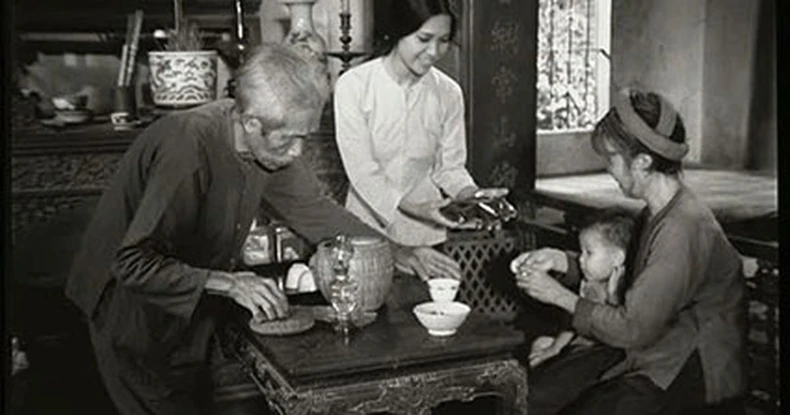 |
The film "When Will October Come" by director - People's Artist Dang Nhat Minh has won many international awards. (Photo: TL) |
The flow of literature and art after 1975 - from war to peace building
April 30, 1975 was not only the end of the long resistance war, but also the beginning of a new journey - the journey of building the country from hardship, with both steely will and the desire to revive. In the moment the country was reunited, Vietnamese literature and art entered a new phase: from the art of fighting to the art of construction, from the echoes of victory to the song of labor, of reconstruction and change.
Immediately after the restoration of peace, the country was still burdened with losses and consequences of war, but in that context, artists did not rest. They continued to go to remote areas where life was still difficult, to factories, construction sites, and fields to listen, to take notes, to write epic poems of the post-war period. Literary works of this period, from novels, memoirs to poetry, were all imbued with the spirit of “post-war, but not post-peace”, deeply reflecting a society that was transforming from ruin to revival, from pain to hope.
The names of writers: Nguyen Minh Chau, Le Luu, Chu Lai, Ma Van Khang... with works such as: Footprints of a Soldier ; Far Away Time ; Xa Nu Forest ; Land of Many People and Many Ghosts ... have become literary milestones of the early post-war period, touching the hearts of many generations of Vietnamese readers.
In the field of music, songs like Country Full of Joy ; Spring in Ho Chi Minh City ; Sending You at the End of the Red River … resound like love songs for the reviving homeland. Painting, cinema, theater… are also not outside of that flow, carrying with them the mission of touching the still smoldering wounds, to heal, to cure with the beauty of art.
The 1980s were a period of great anxiety, when the country entered a period of mounting difficulties, and literature and art could not avoid the impact of reality. However, it was in this challenge that a spirit of reflection was kindled - the spirit of courageously looking straight at the truth, daring to enter the dark corners of life to thereby awaken faith and morality. Many works resonated, gentle but profound, demonstrating the efforts to renew themselves and move towards maturity of post-war literature and art.
Vietnamese literature and art from 1975 to 1985 are therefore both a mirror reflecting reality and a flame preserving identity and nurturing aspirations. It is not simply a recounting of a past period, but a vivid re-enactment of a national mentality: going through ruins with empty hands but hearts shining with hope.
With their sensitivity, authenticity and rich emotions, the artists have left us a precious legacy, not only works, but also collective memories, a constructive mindset, and the first song of peacetime.
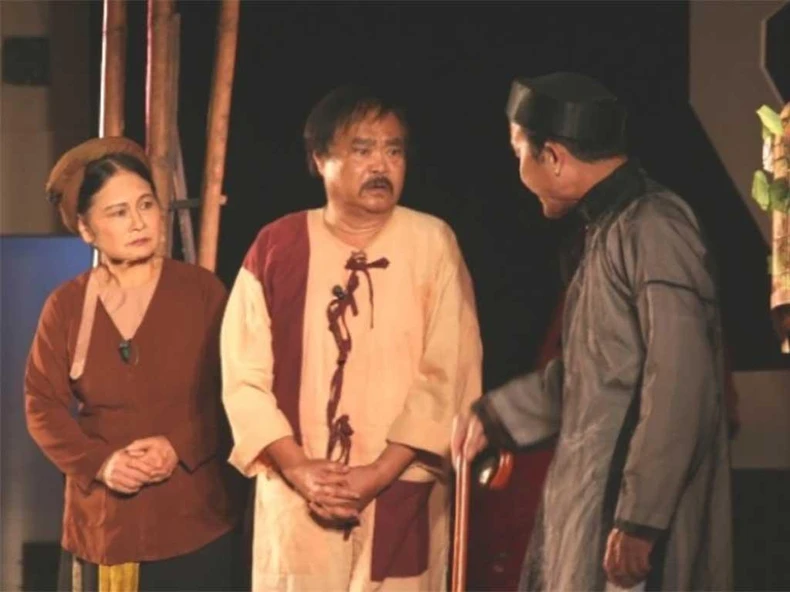 |
The famous play "The Soul of Truong Ba in the Butcher's Body" by playwright Luu Quang Vu was staged by the Vietnam Drama Theater in the 1980s. (Photo: TL) |
Innovation in thinking - Revolution in expression
In 1986, the Doi Moi process not only changed the socio-economic situation of the country but also breathed new life into the spiritual life, especially literature and art. It was not only a change in subject or form of expression, but more deeply, a revolution in creative thinking - where the artist was no longer just an illustrator of reality, but became a dialogue partner with that reality, with rich materials and an enlightened critical spirit.
Literature steps out of the stereotypes, moving towards portraying individuals with inner complexes, with all the flaws, conflicts, doubts, skepticism and even light in the soul.
Post-Doi Moi literature became lively, polyphonic, containing rough but genuine pieces of reality, evoking contemplation instead of imposing truth. Works such as Time Far Away (Le Luu), Season of Fallen Leaves in the Garden (Ma Van Khang)... marked a period when literature dared to face the dark side, dared to delve into memories, history, war, and the remaining mental scars to heal and move forward.
In music, besides the traditional political songs, a new generation of musicians such as Tran Tien, Phu Quang, Duong Thu, Nguyen Cuong appeared, who brought freedom, personalization and high experimentalism in their compositions. Love songs, melodies about the city, about loneliness, about the fate of Vietnamese people in daily life... became the accompanying voice of many generations of urban citizens in a period of great change.
Stage and cinema have also raised their voices of innovation. Drama has turned to thorny, straightforward issues. Films such as When October Comes (Dang Nhat Minh); Wild Fields (Hong Sen); or later, Missing the Countryside (Dang Nhat Minh); Sand Life (Nguyen Thanh Van)… evoke the depth of psychology and fate, not avoiding reality, but from that very reality, elevating art.
More importantly, innovation in thinking does not stop at renewing genres or breaking new ground in form, but rather arouses the spirit of creative freedom and open dialogue between artists and the times, between works and recipients. Literature and art become part of the process of democratizing spiritual life, encouraging society to look back, reflect and overcome old constraints to move towards more humane and profound values.
This is the period when President Ho Chi Minh's words about "Culture must light the way for the nation" were once again evoked by concrete actions: lighting the way by courageously exploring new things, and by the desire to constantly perfect the Vietnamese people in the new society.
That innovation not only changed the face of art, but also enriched the spiritual identity of the nation, opening up a wide creative corridor, where each artist could be himself, and each work became a sincere encounter with life, with the souls of his compatriots and fellow human beings.
Integration and identity affirmation
As the country has transformed itself strongly in the process of international integration since the 1990s, Vietnamese literature and art have also entered a new phase: opening up, dialogue, absorbing the quintessence of humanity, while at the same time striving to affirm its own identity in a world that is becoming flatter and flatter.
The world opened up, creative waves from the West, from Asian countries such as Japan, Korea, China… flooded into Vietnamese cultural life. Artists were no longer limited by geographical borders or information barriers.
New genres emerged, new creative thinking was encouraged, and the view of people, society, and art became more multidimensional, modern, and global. However, what is equally important is that in that process, Vietnam did not let itself be “dissolved,” but chose to assimilate and accept new things to enrich the original, not to lose itself.
Many contemporary literary works have resonated domestically and internationally with pure Vietnamese materials but modern tones, typically Nguyen Nhat Anh with gentle yet profound children's stories, and recently young writers like Nguyen Phan Que Mai with The Mountains Sing , which have been translated and widely received in many countries. These works show the inner vitality of Vietnamese literature - simple, fierce, and rich in humanistic philosophy.
Vietnamese cinema has also gradually stepped out into the world with award-winning films at international film festivals such as: Buffalo Len Season (Nguyen Vo Nghiem Minh); Bi, Dung So! (Phan Dang Di); Rom (Tran Thanh Huy); Glorious Ashes (Bui Thac Chuyen)... These films do not follow international tastes in a stereotypical way, but express the Vietnamese people's own perspective on Vietnamese life, thereby reaching global sympathy with universal values: family, childhood, identity, desire to live...
Music, fine arts, theater and contemporary art forms are also constantly reaching out to the world. Artists such as Tung Duong, Ha Myo, Hoang Thuy Linh, Hoa Minzy, Ngo Hong Quang, the Ha Thanh Xam group, projects combining traditional music with electronic music, or street performance art in Hoi An, Hue, Ho Chi Minh City... all show the vitality and diversity of Vietnamese culture that is changing to both preserve the "we" and open up the "common".
In particular, Hanoi's joining the UNESCO Creative Cities Network in 2019, followed by Hoi An and Da Lat, is an important milestone showing the world's recognition of Vietnam's creative potential, identity and commitment to sustainable development in the fields of culture and arts.
In that integration flow, the role of the State in guiding, supporting institutions, and creating development space is increasingly evident. Policies on developing cultural industries, creating digital content, preserving and promoting intangible heritage in the context of globalization... are gradually putting culture in the right position, as soft power, as a pillar of sustainable development as General Secretary Nguyen Phu Trong once emphasized: Culture must be placed on par with economics, politics and society.
And in today's context of globalization, more than ever, national cultural identity with its valuable assets from folk songs, folk songs, royal court music, Xam singing, Cheo, Tuong, puppetry, traditional architecture, craft villages... is not something to be preserved, but is a living material, a creative resource and an "identification code" of Vietnam in the eyes of international friends.
Integration does not blur identity, but is an opportunity for identity to be tempered, sublimated and affirmed. And that is what makes the journey of Vietnamese literature and art over the past 50 years a living testament to the ability to adapt, break through and maintain the core in every historical period.
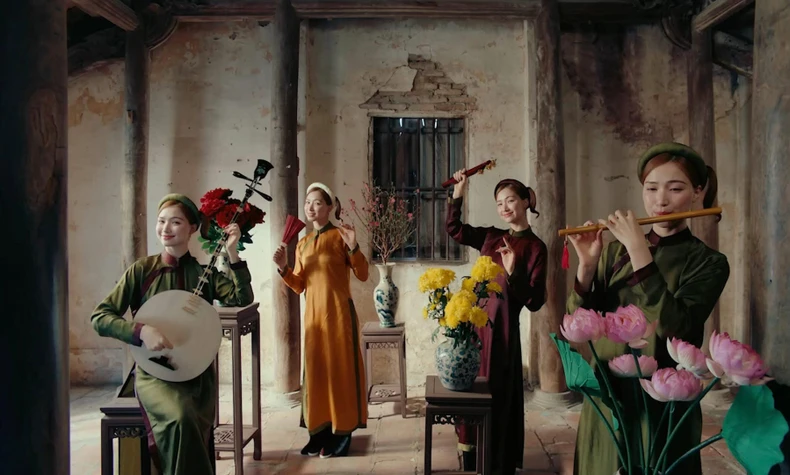 |
| “Bac Bling” by female singer Hoa Minzy has become a phenomenon of 2025. (Photo: ND) |
Culture - the spiritual foundation, the endogenous strength of sustainable development
Throughout the journey of half a century after the country's reunification, Vietnamese literature and art are not only a testament to the revival of the national spirit, but also affirm a profound truth: Culture is the solid spiritual foundation of society, the core endogenous resource for the country's sustainable development in all eras.
General Secretary Nguyen Phu Trong has repeatedly affirmed: As long as culture exists, the nation exists . This is not only a philosophical statement, but also a guideline for all development paths. In the era of global integration, where technology and digital economy dominate all aspects of life, culture, with its most vivid manifestations being literature and art, becomes the pillar to protect identity, nurture character, guide thinking and inspire development.
In practice, no country can develop sustainably without the companionship of a strong culture. Japan with its "Wabi-sabi" spirit, South Korea with the Hallyu wave, or France with its massive literary and artistic heritage, all prove that culture is not only soft power, but also a strategic resource for socio-economic development. Vietnam, with its rich culture and unique identity, has all the conditions to affirm its cultural position if it knows how to arouse, preserve and promote it in the right direction.
Literature and art are the source and spread of those core values. A literary work can awaken social awareness. A piece of music, a play, a painting can change the way we look at the community, history, and people. In remote areas, where material conditions are difficult, culture is always the place where spiritual life clings. In modern cities, culture helps people find the connection between the past and the present, between the individual and the community, between material interests and spiritual values.
Therefore, the construction and development of culture and arts cannot be separated from the national development strategy. That is why the Party and the State have issued many major resolutions and strategies such as Resolution 33-NQ/TW on the development of Vietnamese human culture to meet the requirements of sustainable national development, and the Strategy for the development of cultural industries to 2030, which affirms the economic role of creativity, the social role of art, and the identity role of national culture.
Many localities have begun to consider culture as a resource for development: from planning creative spaces, preserving and exploiting heritage, to developing unique cultural products, building festivals, films, musicals, experiential tourism... It is not just about doing culture for culture's sake, but transforming culture into a driving force for development, a competitive advantage, and a glue that binds society together in an era of fragmentation.
And to do that, we need a synchronous ecosystem: from appropriate legal institutions, strong enough investment resources, mechanisms to encourage creativity, to nurturing a generation of art-loving public who know how to appreciate and protect humanistic values. Because literature and art cannot develop in an environment that is not free, lacks encouragement, and is forgotten by readers, viewers, and listeners.
Half a century has passed, and we can be proud of a literature and art that has gradually matured, deeply reflecting the nature of society, nurturing the national spirit and contributing to the formation of the modern Vietnamese value system. But ahead is an expanding future, where culture needs to be the "leading bird" for the aspiration for development, not only sustainable but also prosperous and humane.
Continue the epic song
2025 - the year of milestones: 50 years of national reunification, 80 years of founding the country, and also the year the whole nation is rushing into a new stage of development, with the aspiration to rise on the world map. At that sacred moment, looking back at the 50-year journey of Vietnamese literature and art is not to reminisce about the past, but to inspire the future - the future of creativity, identity, and self-affirmation in the midst of globalization.
We have had a proud journey: from the flames of war to the touching post-war writings; from the courageous Doi Moi mindset shift to the journey of deep integration with the civilized world. Each work, each person, each silent effort has contributed to writing a heroic spiritual epic - a heroic song called Vietnamese literature and art.
But that epic has not ended. Because the journey of culture never stops. Each generation of artists today and tomorrow needs to continue to hold the torch of creativity, not only to light up themselves, but also to light the way for the community and the nation on the journey of comprehensive and sustainable development. They need to maintain their fortitude in the face of market turmoil, the temptation of complacency, and above all, the pressure to dissolve their identity in the global trend.
The aspiration to build a modern cultural industry and affirm Vietnam’s “soft power” on the world map will not come true without writers, poets, musicians, painters, directors, artists, etc. who write with their hearts, create with passion, and live by the ideal of serving the nation. These people, in silence, are connecting the times with tradition, the present with the past, the individual with the community so that each work is not only the crystallization of talent, but also a spiritual legacy sent to the future.
In a rapidly changing world, where technology can create millions of pieces of content in the blink of an eye, what people need more than ever is humanity in art, kindness, depth, sincerity and rich identity. That is the irreplaceable role of literature, art and Vietnamese culture: preserving the national soul, elevating people, and inspiring meaningful lives.
We are entering a new phase - a phase of big dreams and bold actions. And in that journey, nothing is more precious than literature and art continuing to be the flame that ignites patriotism, belief in beauty, the desire to rise up and deep humanity.
Let's together, with the responsibility of each Vietnamese today, continue to write the epic of the nation's culture with concrete actions, by cherishing each literary value, each musical note, each film, each work of art as if preserving the soul of Vietnam in the changing times.
Source: https://nhandan.vn/50-nam-van-hoc-nghe-thuat-viet-nam-sau-ngay-thong-nhat-mot-hanh-trinh-sang-tao-cua-dan-toc-post875101.html


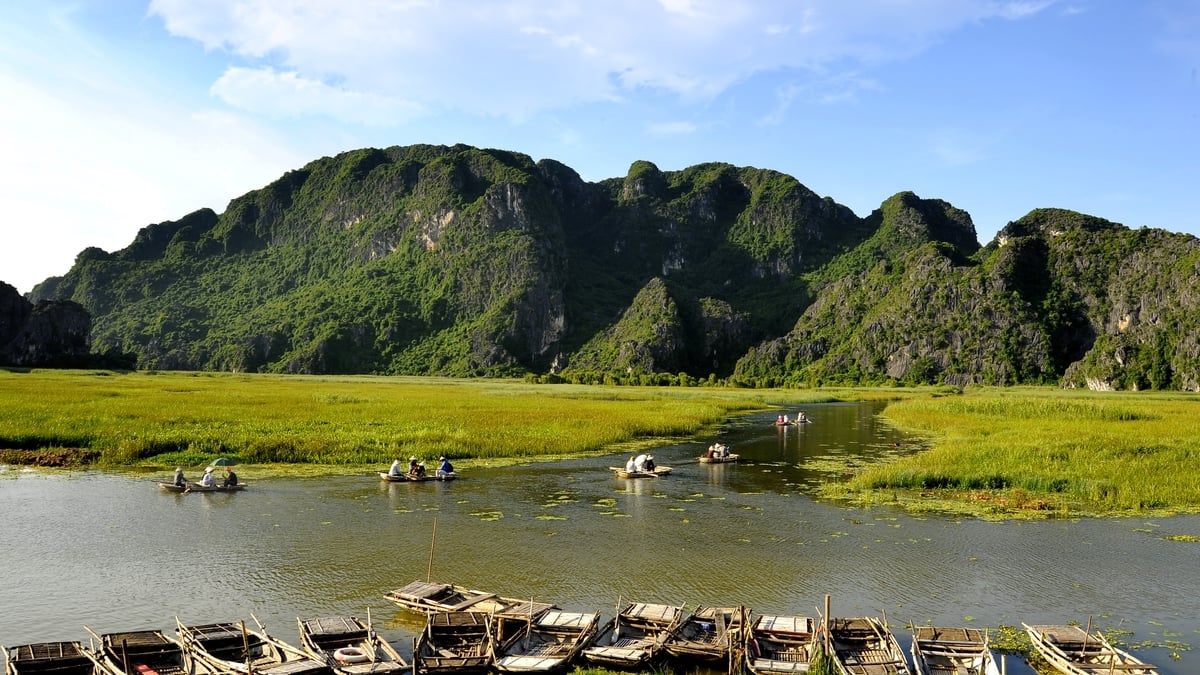

![[Photo] General Secretary To Lam works with the Standing Committee of Quang Binh and Quang Tri Provincial Party Committees](https://vphoto.vietnam.vn/thumb/1200x675/vietnam/resource/IMAGE/2025/6/25/6acdc70e139d44beaef4133fefbe2c7f)
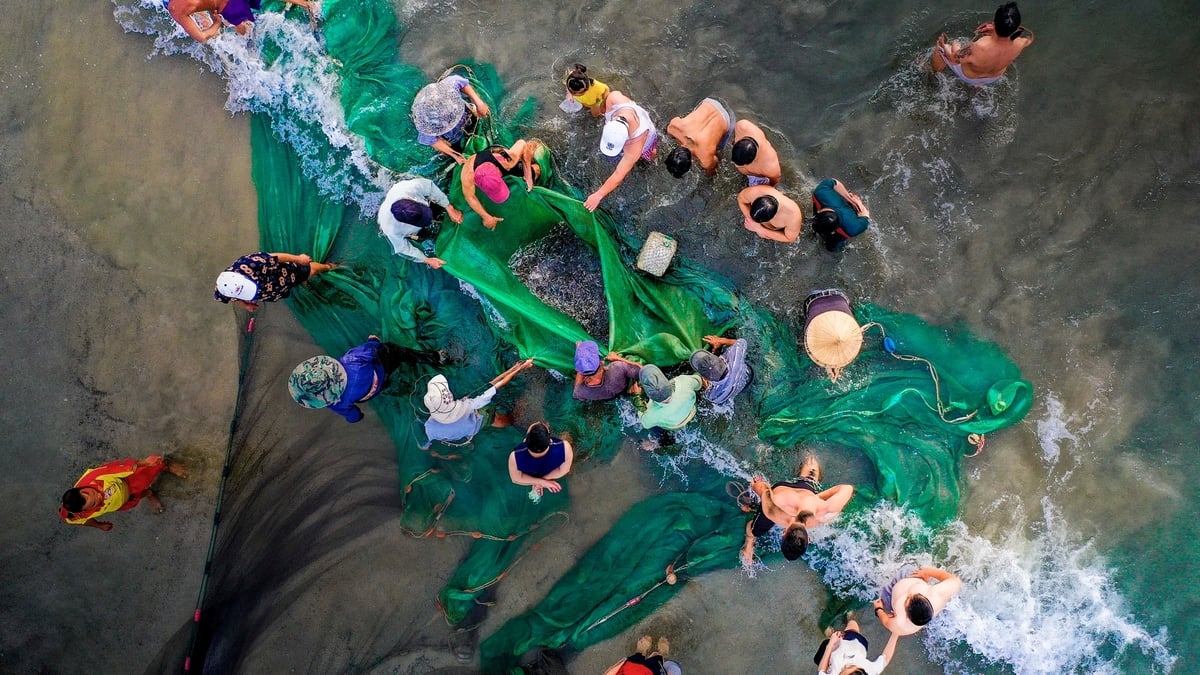
![[Photo] First training session in preparation for the parade to celebrate the 80th anniversary of National Day, September 2nd](https://vphoto.vietnam.vn/thumb/1200x675/vietnam/resource/IMAGE/2025/6/25/ebf0364280904c019e24ade59fb08b18)
![[Photo] More than 124,000 candidates in Hanoi complete procedures for the 2025 High School Graduation Exam](https://vphoto.vietnam.vn/thumb/1200x675/vietnam/resource/IMAGE/2025/6/25/fa62985b10464d6a943b58699098ae3f)


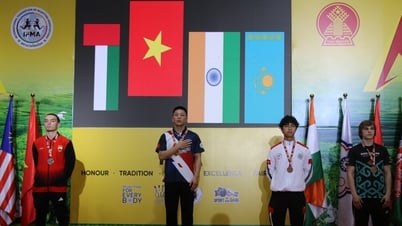
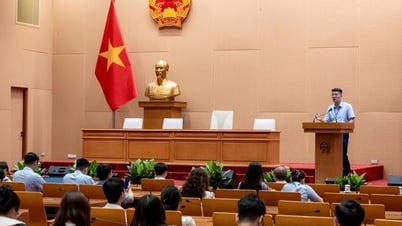

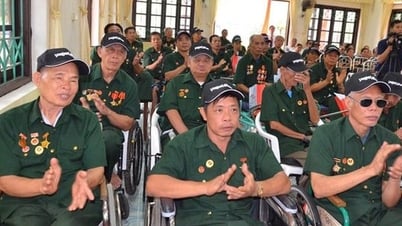
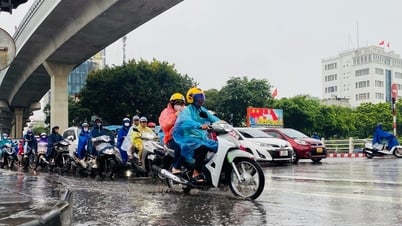
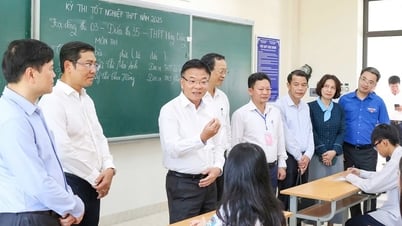




![[Photo] More than 124,000 candidates in Hanoi complete procedures for the 2025 High School Graduation Exam](https://vphoto.vietnam.vn/thumb/402x226/vietnam/resource/IMAGE/2025/6/25/fa62985b10464d6a943b58699098ae3f)
![[Photo] First training session in preparation for the parade to celebrate the 80th anniversary of National Day, September 2nd](https://vphoto.vietnam.vn/thumb/402x226/vietnam/resource/IMAGE/2025/6/25/ebf0364280904c019e24ade59fb08b18)

![[Infographic] Things candidates need to note in the 2025 High School Graduation Exam](https://vphoto.vietnam.vn/thumb/402x226/vietnam/resource/IMAGE/2025/6/25/8fe0b55c81124650ae3c827bceddcc69)
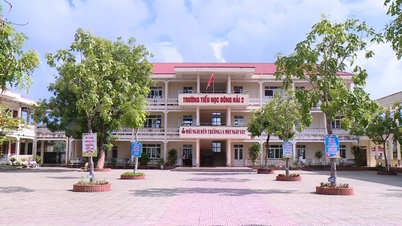
![[Photo] General Secretary To Lam works with the Standing Committee of Quang Binh and Quang Tri Provincial Party Committees](https://vphoto.vietnam.vn/thumb/402x226/vietnam/resource/IMAGE/2025/6/25/6acdc70e139d44beaef4133fefbe2c7f)






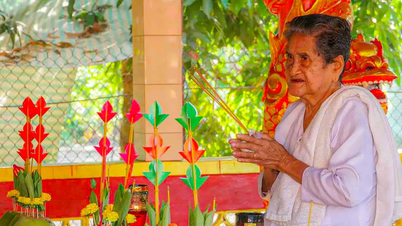



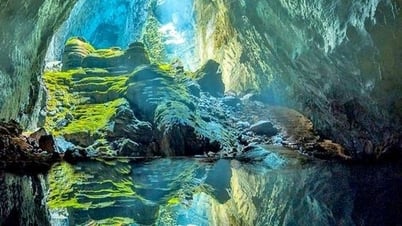


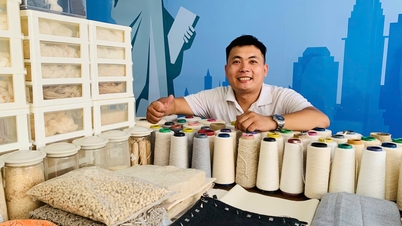

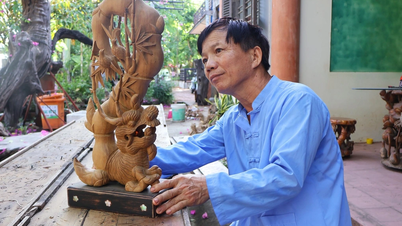

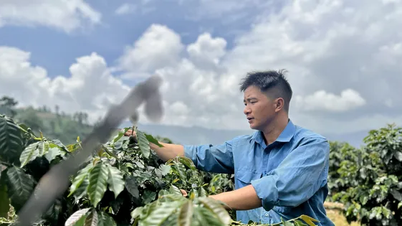

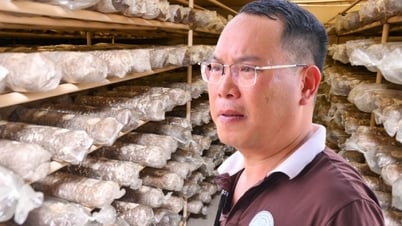



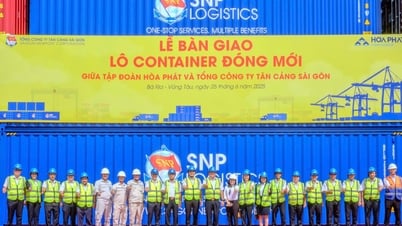

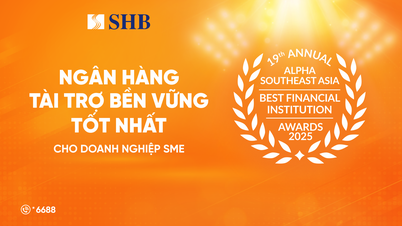

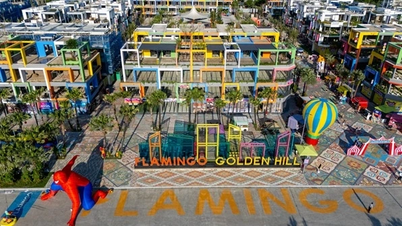






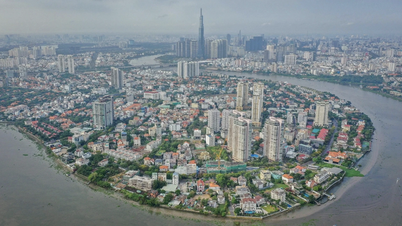
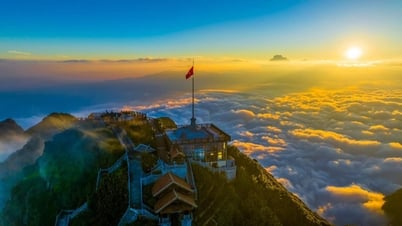

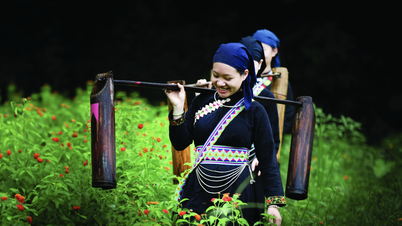

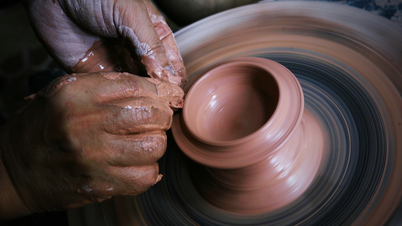


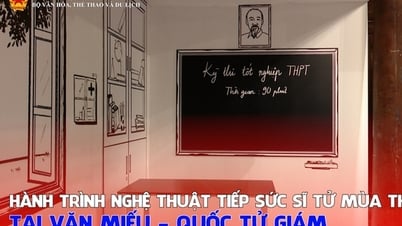

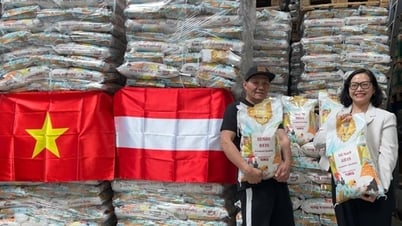

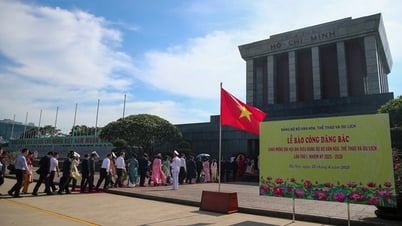
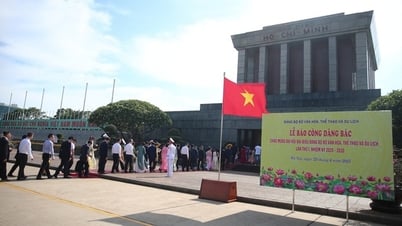
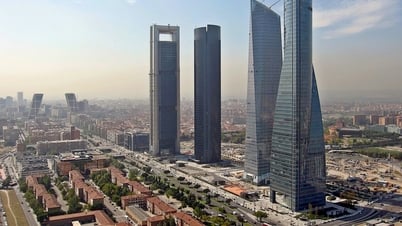
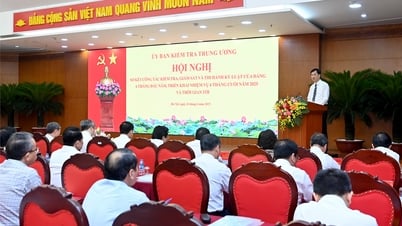



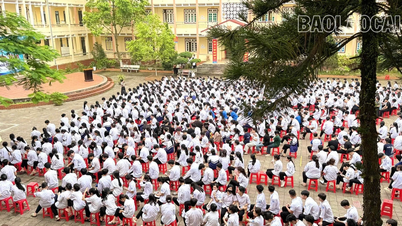
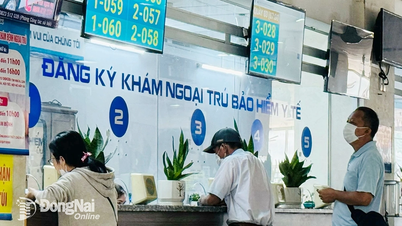




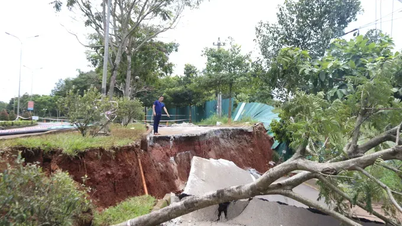













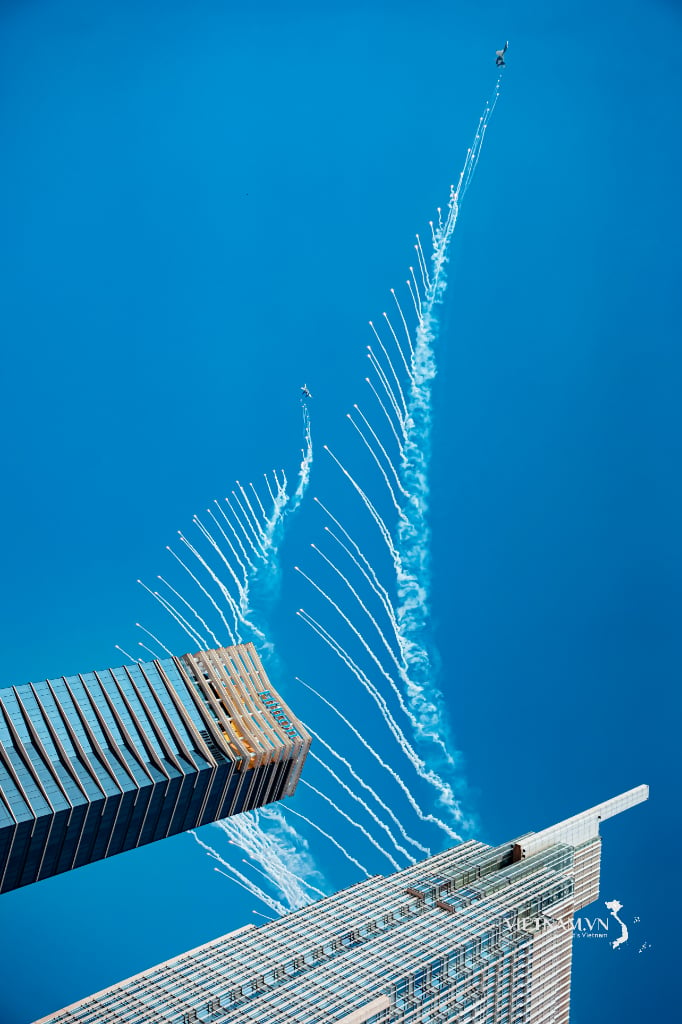

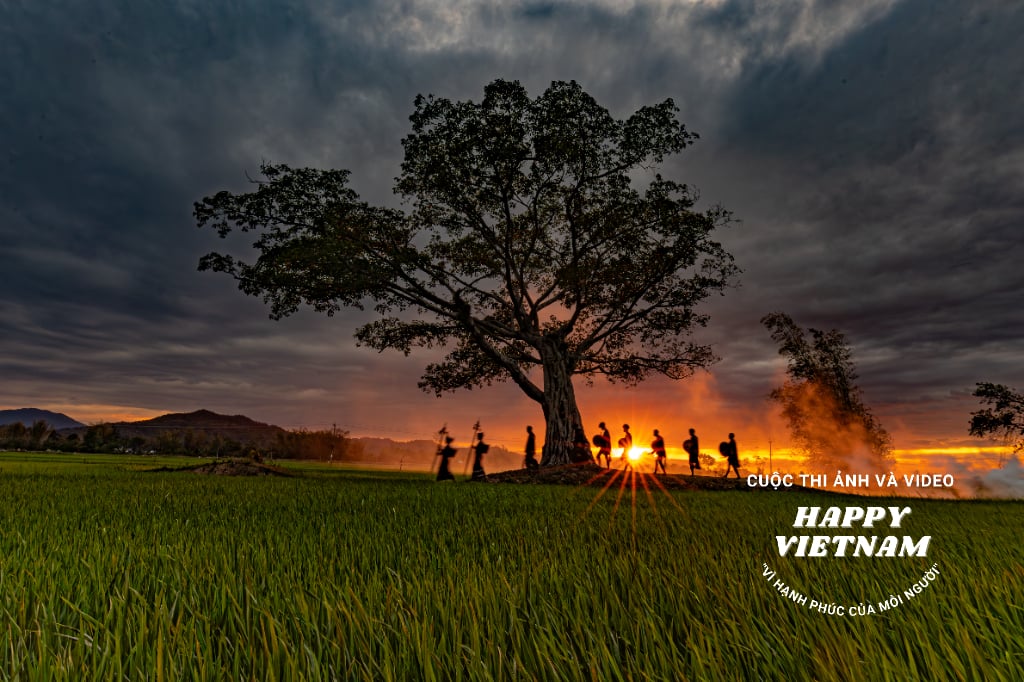
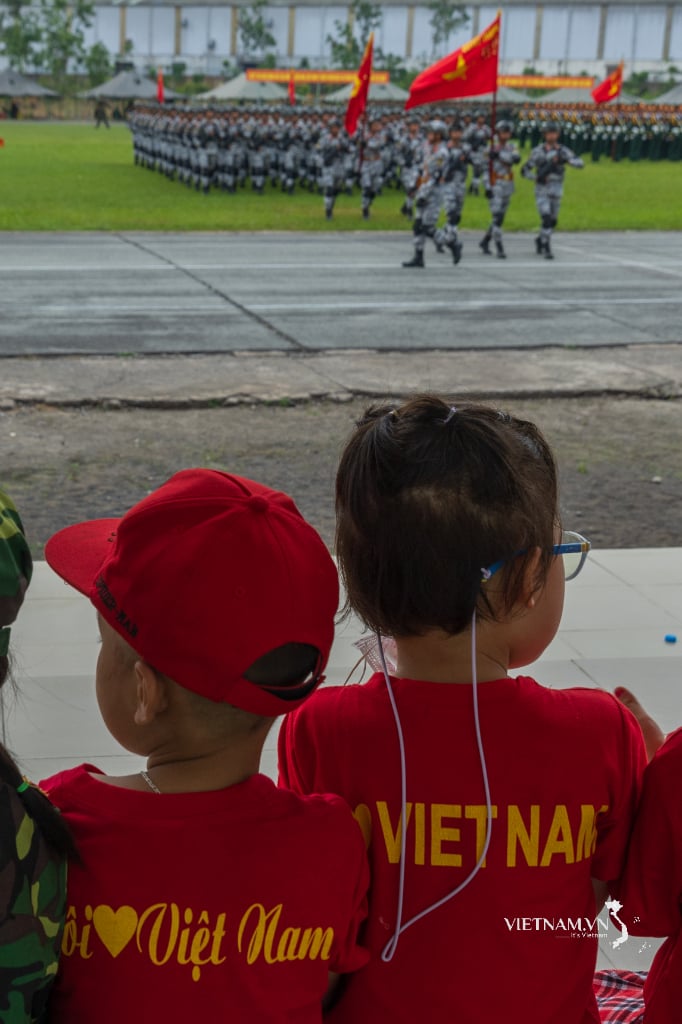
Comment (0)